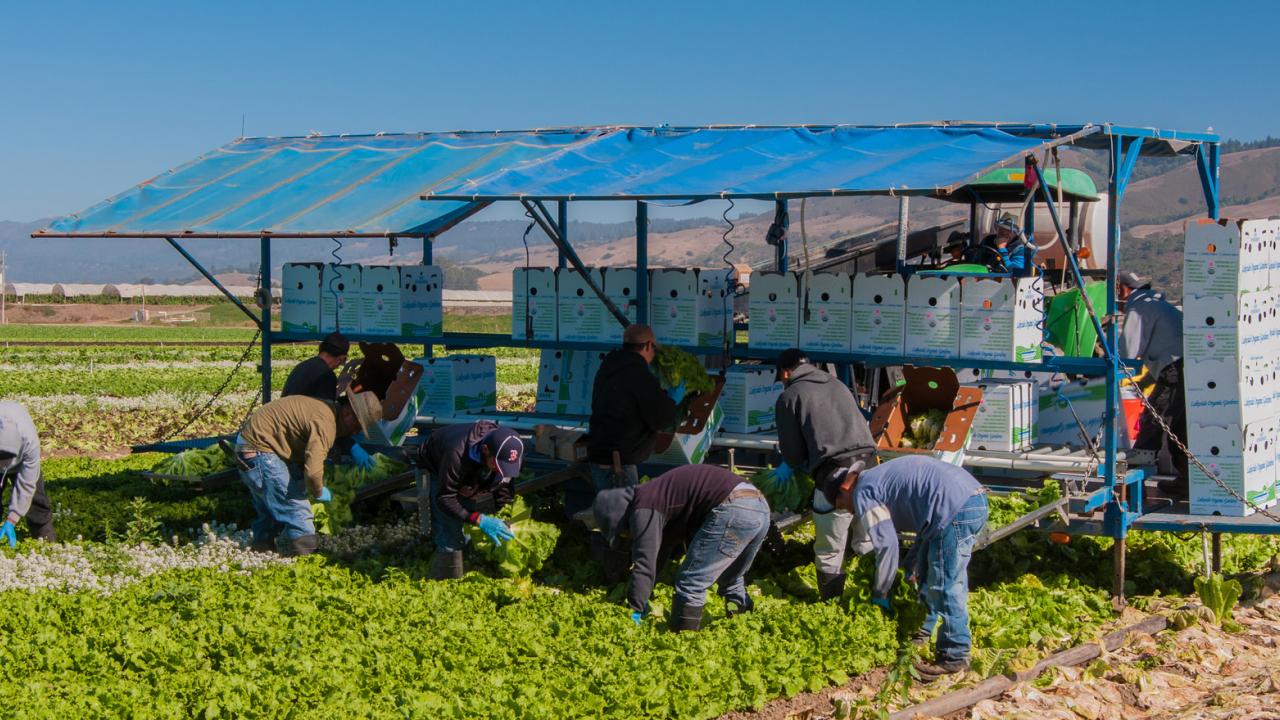
Reducing Lower Back Pain Related to Farming
Small Grants, Big Impacts Series
Lower back pain is one of most serious health problems for farmworkers, and it can result from the intensive manual work that farming requires, such as carrying heavy objects or working long hours in a stooped posture.
My research focuses on preventing lower back pain from occurring and identifying potential activities that improve the back health of farmworkers. I recently received graduate student funding from WCAHS to pursue this work with WCAHS Associate Director Fadi Fathallah.

Intervertebral disc injury causes lower back pain
Intervertebral disc (IVD) injury is one of the leading causes of lower back pain. Each IVD consists of a layer of cartilage between two bony vertebrae of the spine, kind of like the cream part of an Oreo cookie with the vertebrate being the chocolate pieces.
IVDs act as spinal shock absorbers and allow for safe spinal movement. Because they are integral to spinal function, any injury to them from overloading or age-related degeneration may cause poor spinal health or make other spinal tissues more vulnerable to injury, thus, resulting in lower back pain.
What happens with heavy loads, stooping and age
As we go through our daily activities, such a lifting or sitting, each IVD experiences miscellaneous loads (forces) that cause the discs to change shape and composition. Under heavy loads, such as carrying full harvest boxes or moving large hay bales, disc height and water content are reduced, so their shock absorbing ability decreases.

As we age or with physical overuse, the IVDs begin to degenerate by shrinking and drying out, which can result in pain. Farmworkers who carry heavy loads all day or stay in stooped postures for long periods of time, every day, are particularly at risk.
Advanced stages IVD degeneration can be difficult to treat. Therefore, the ability to evaluate early abnormalities in disc shape and/or composition may help treat lower back pain and prevent further IVD injury.
Studying lower back injury with MRI and pig spines
I am working on a study to determine if magnetic resonance imaging (MRI) can detect early IVD degenerative changes. MRIs generate detailed images of the internal body, including soft tissue and bone, and are routinely used by doctors to diagnose health conditions.
To do this, we are using pig spines as a model of the human spine. Different loads are applied to the spine to simulate daily activities, and an MRI machine at the UC Davis Nuclear Magnetic Resonance facility collects and compares images of IVDs before and after loading.
We just finished imaging the IVDs and are currently analyzing the acquired MRI results. Hopefully, the findings can be used to develop new safety measures to prevent IVD degenerative changes and lower back pain in farmworkers.
